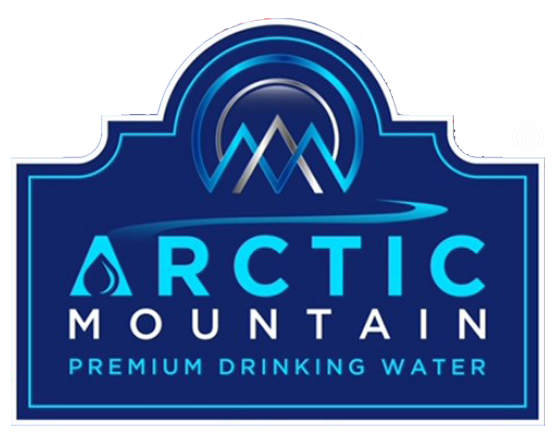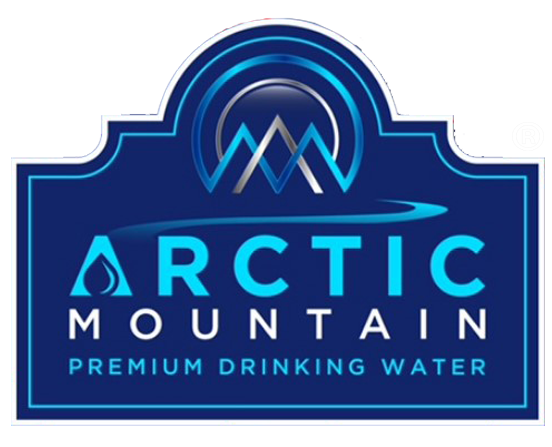We all rely on having clean water at home for cooking, cleaning and bathing. And while the quality of the water coming from your taps is generally high, it doesn’t mean you don’t need to be aware of the possibility of contamination.
Investing in a water filtration system or even a water dispensing system can be an effective solution to the problem of contaminated tap water. Below we’ll look at a few common contaminants and how water filtrations can help protect you.
PFOS
Short for perfluorooctane sulfonate, PFOS was used in firefighting foams at airports, fire departments and refineries mainly because of its water-repellent properties. The compound was also used in textile coatings to make waterproof fabrics, furniture sealants, paper packaging for foods and in coating for carpets.
PFOS is no longer manufactured in the U.S. due to toxicity concerns, but it’s still in the environment. It’s not currently regulated by the U.S. Environmental Protection Agency (EPA), and has been found in 13 states and several military bases around the country.
Nitrates
Nitrates are a type of chemical found in fertilizers and pesticides. Nitrate contamination often occurs via runoff from farming and other activities. Other sources of nitrate pollution come from septic systems, natural erosion and decaying organic matter.
Nitrate contamination can be problematic, as nitrates are a key contributor to blue baby syndrome, a rare but serious disorder that affects infants. Babies can be exposed to high levels of nitrates if they drink water contaminated with the chemical. This exposure can cause their blood’s ability to carry oxygen to diminish.
Nitrate levels in groundwater have been found to be as high as 27 parts per million, which is above the federal legal limit of 10 ppm.
Chromium-6
Chromium-6 is a chemical known to cause cancer. It’s a byproduct of many industrial processes, including steel production. It also be present in water due to runoff from manufacturing facilities. Chromium-6 is also naturally present in some minerals.
A study by the Environmental Working Group found that the tap water of 218 million Americans contains chromium-6 in levels higher than what’s considered safe.
TTHMs
TTHMs are a group of chemicals that are created when disinfectants react with natural organic matter, such as decaying vegetation. Most people can consume TTHMs in water for years with little or no health risk. However, people who are exposed to high levels of TTHMs over a long period may experience problems with their liver, kidneys or central nervous system. Pregnant women may also be at increased risk of giving birth to babies with developmental defects.
Though TTHMs are not considered to be as toxic as chromium-6, they have been found to pose a high cancer risk.
How water filtration systems can help
Water filtration systems are effective at reducing or removing contaminants from water. Reverse osmosis systems are especially good at filtering out many types of chemicals, including nitrates, chromium-6 and PFOS.
While water purification systems are not perfect, they can help protect you from certain contaminants in your water. In many cases, especially when it comes to chromium-6 and PFOS, you can’t know if a specific system is effective without testing the water.
It’s important to keep your eye out for contaminants in your water supply, regardless of how pure and clean it seems. For more information about water dispensing and water filtration systems that might be helpful for your home, reach out to Pure Water Technologies today.


